How to Make a Natural Disinfectant Spray
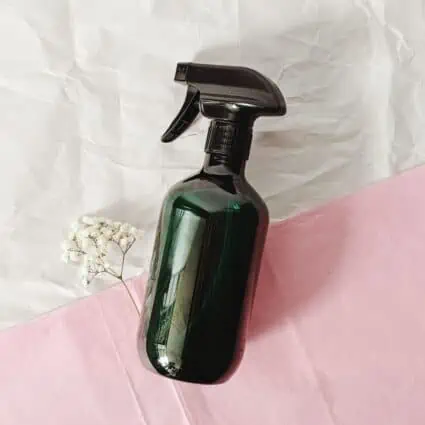
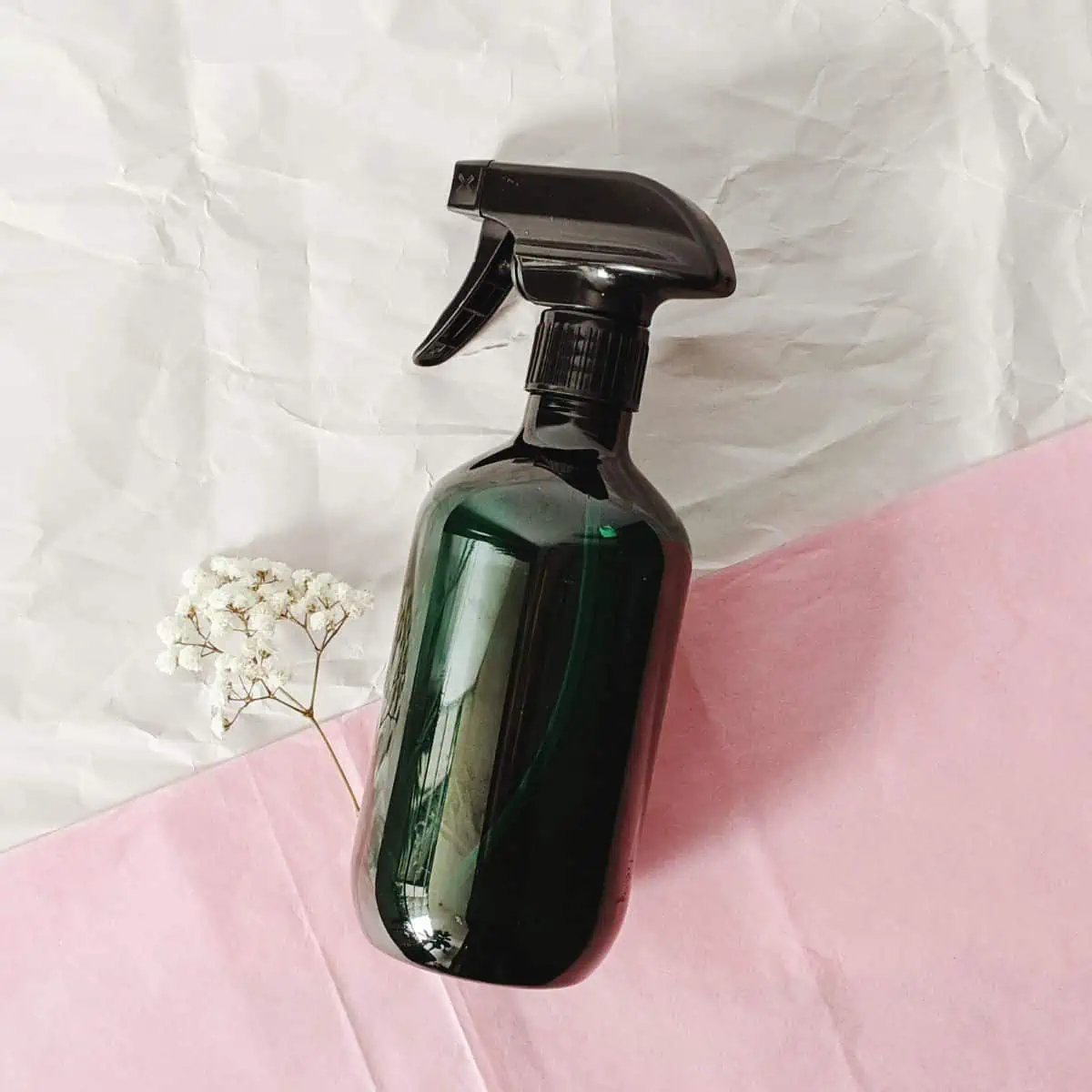
In this modern day and age, the world is full of harmful substances from the food we eat to the household products we use every day. In fact, the U.S. Environmental Protection Agency only requires companies to list ingredients that are active disinfectants or potentially harmful. Making your own natural disinfectant spray is just one small way we can make a change.
Not only can these products be dangerous, but they can also be very expensive. Over the years we’ve transitioned our home to store-bought cruelty-free and “green” cleaners, but these come with an even higher price tag. What you may not realize is that you most likely have all of the products you would need to keep your house clean hiding in your pantry and medicine cabinet!
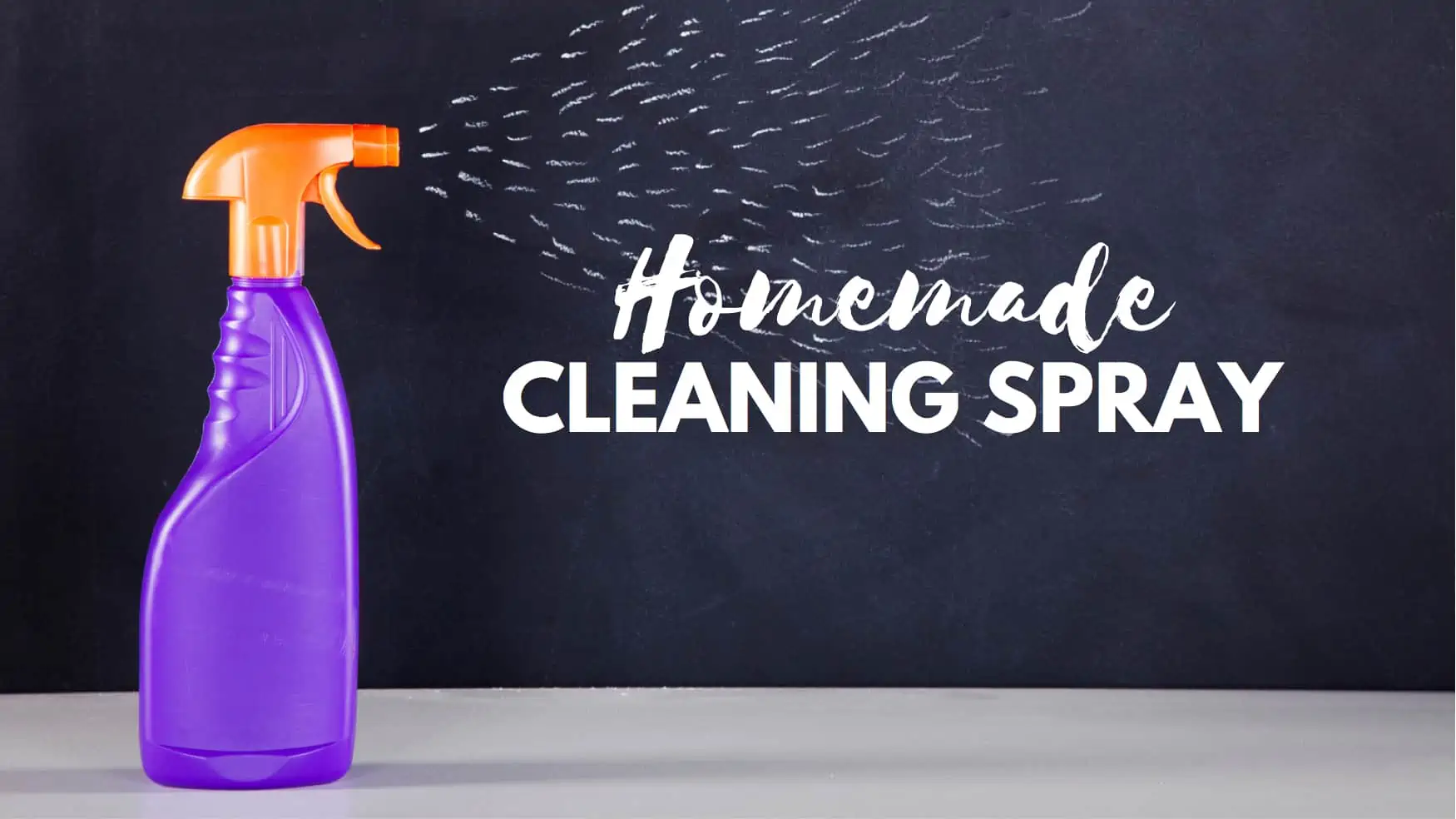
Table of Contents
Why You Should Avoid Conventional Cleaners
Toxic Load
Conventional cleaners may seem harmless because of how frequently they are used, but many contain potent chemicals that can cause unnecessary risks. Most surface cleaner sprays contain toxins such as phthalates (a hormone disruptor that can trigger asthma and migraines), 2-butoxyethanol (which can contribute to lung, kidney, and liver damage), and some products even contain “preservatives that release low levels of cancer-causing formaldehyde.” (1) Yikes.
Environmental Effects
Not only are the chemicals being used in cleaners impacting people’s health in a negative way, but they are also causing significant contamination to our planet. When a cleaner is flushed down the toilet or rinsed down a bathtub or a sink, waste removal processes remove a lot of the chemicals, but many aren’t filtered out.
Nitrogen, phosphorus, and ammonia are common contaminants that aren’t filtered out and can cause major issues. While these are natural elements of our ecosystem, when massive loads of these nutrients are dumped into streams, rivers, lakes, and the ocean, it can cause “nutrient pollution,” which offsets the balance of the ecosystem causing huge problems. (2)
More Cost Effective to Make Your Own
Making homemade cleaners is extremely easy, just as effective, and eliminates the risks of being exposed to dangerous chemicals. And, making your own cleaners will also save your family a lot of money! A spray bottle of surface cleaner typically costs $4 – $5, while a gallon of white vinegar typically costs $3 – $4 and can be used to make countless bottles of natural cleaners. Win-win-win!
Kind To Animals
Many conventional cleaning products and companies rely on outdated animal testing which is cruel, ineffective, and unnecessary. Today it’s easy to find safe, natural products that are also cruelty-free. Even major retailers like Target and Walmart offer many products that are cruelty-free (look for “cruelty-free” or the leaping bunny symbol on the label).
Key Ingredients
It’s easier than ever to eliminate unnecessary chemicals when all you need are three simple ingredients and a few minutes to mix it all up!
- White vinegar – This natural cleaning powerhouse is great for breaking down mildew, dirt, and hard water stains, and is a natural disinfectant!
- Water – Use water to dilute the vinegar to suitable levels for cleaning without being too harsh. You can use regular tap water or distilled water if you plan to use the spray on glass and want to avoid streaks.
- Essential oils – Lemon essential oil is great for cleaning and adds a lovely fresh scent. For additional antibacterial properties, consider adding tea tree oil.
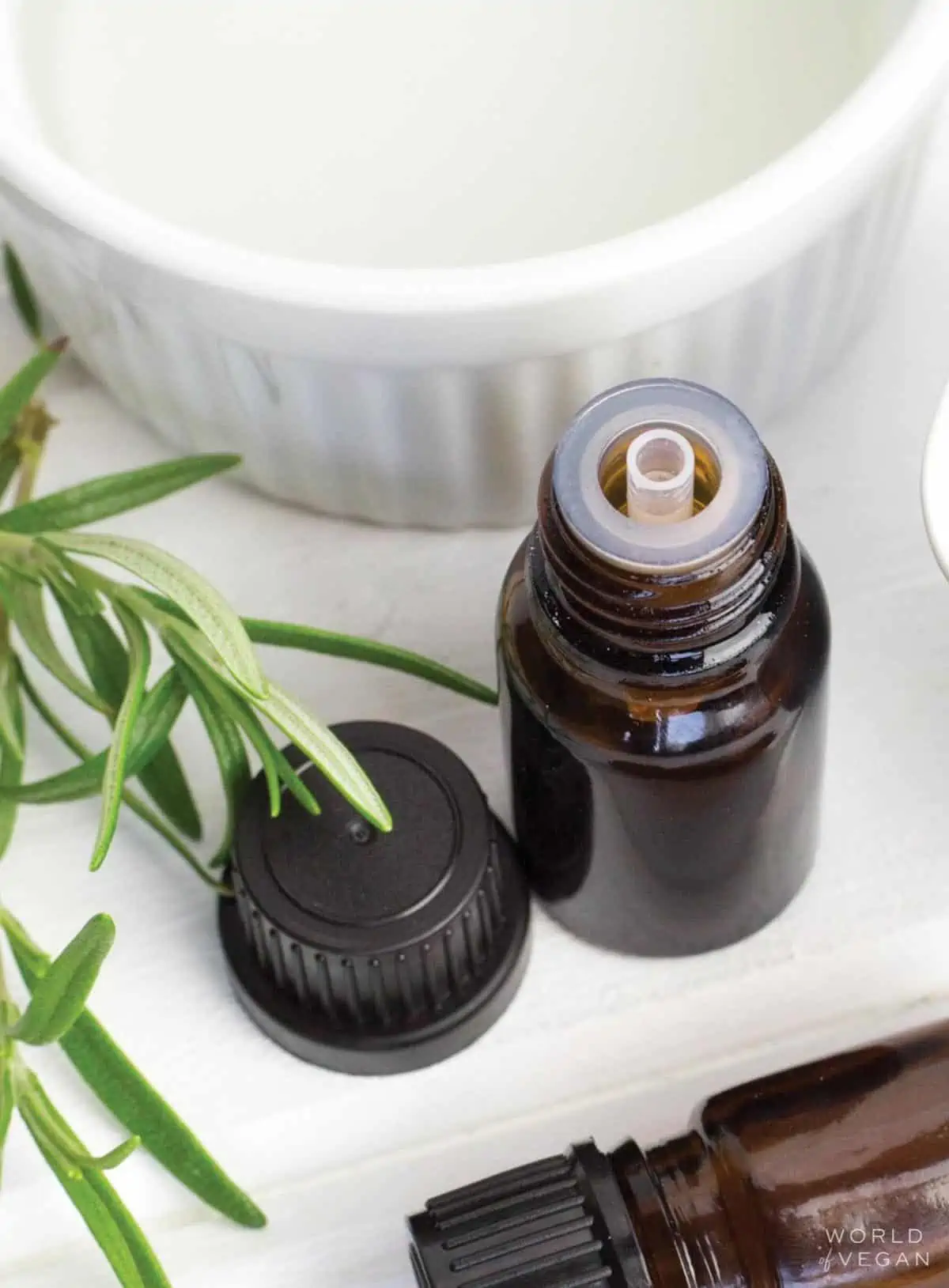
Expert Tips
- Make sure to shake up your natural disinfectant spray before each use to evenly distribute the essential oils.
- Use a glass spray bottle, preferably amber, green, or cobalt. These dark color bottles prevent the essential oils from breaking down from exposure to light.
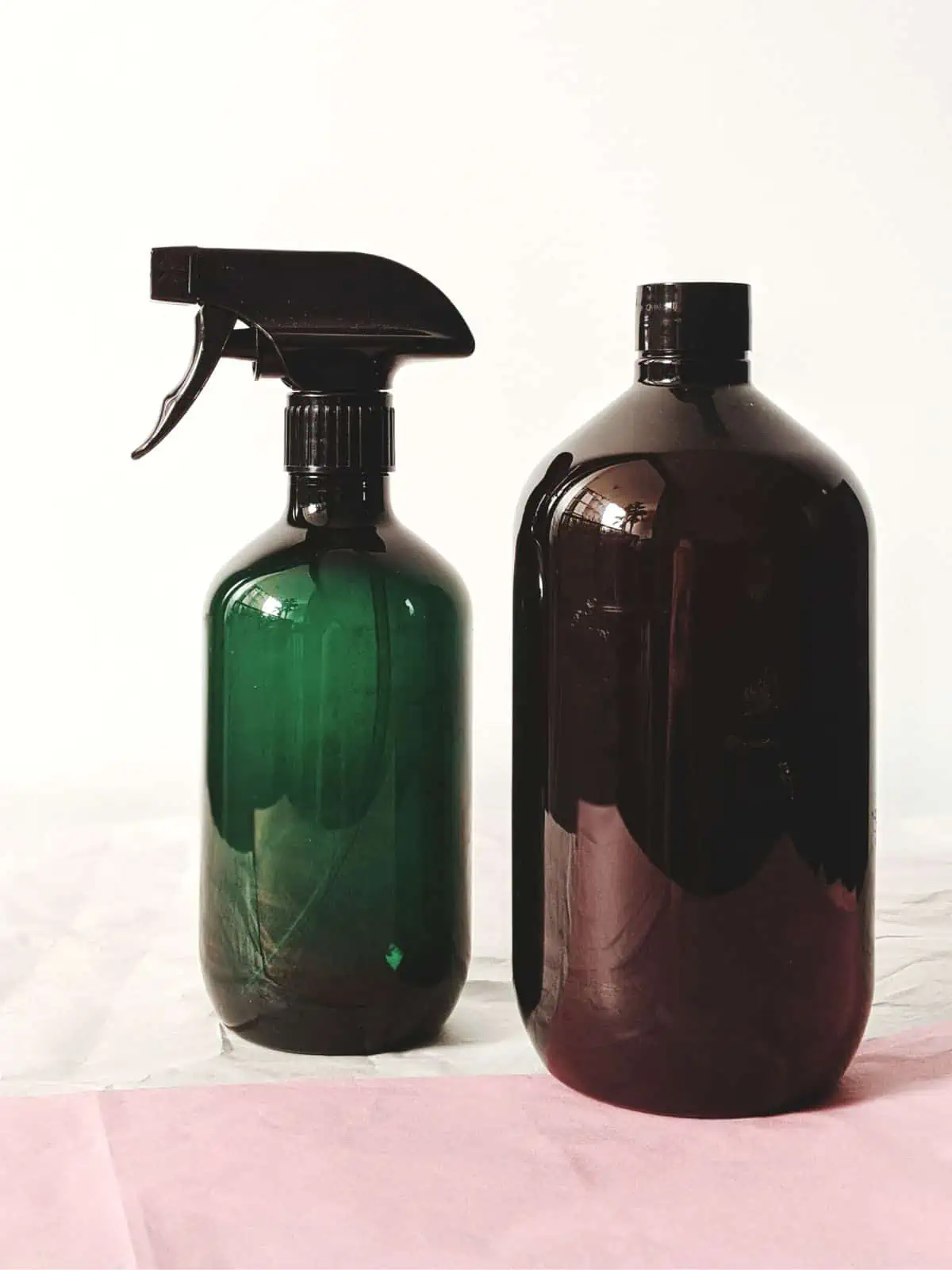
How To Use This Natural Disinfectant Spray
The power of vinegar is really versatile and great for use all around the home. Here are the best ways to use this homemade cleaning spray:
- Appliances like coffee makers, microwaves, and even glass top ranges can be cleaned with this solution. Just avoid parts that are metal or rubber as the vinegar will rust and eat away at them.
- Mirrors and windows
- Countertops—As long as they’re not stone like granite or marble. Vinegar will eat away at the coating due to its high acidity so for stone countertops use dish soap and water instead.
- Faucets
- Showers and tubs
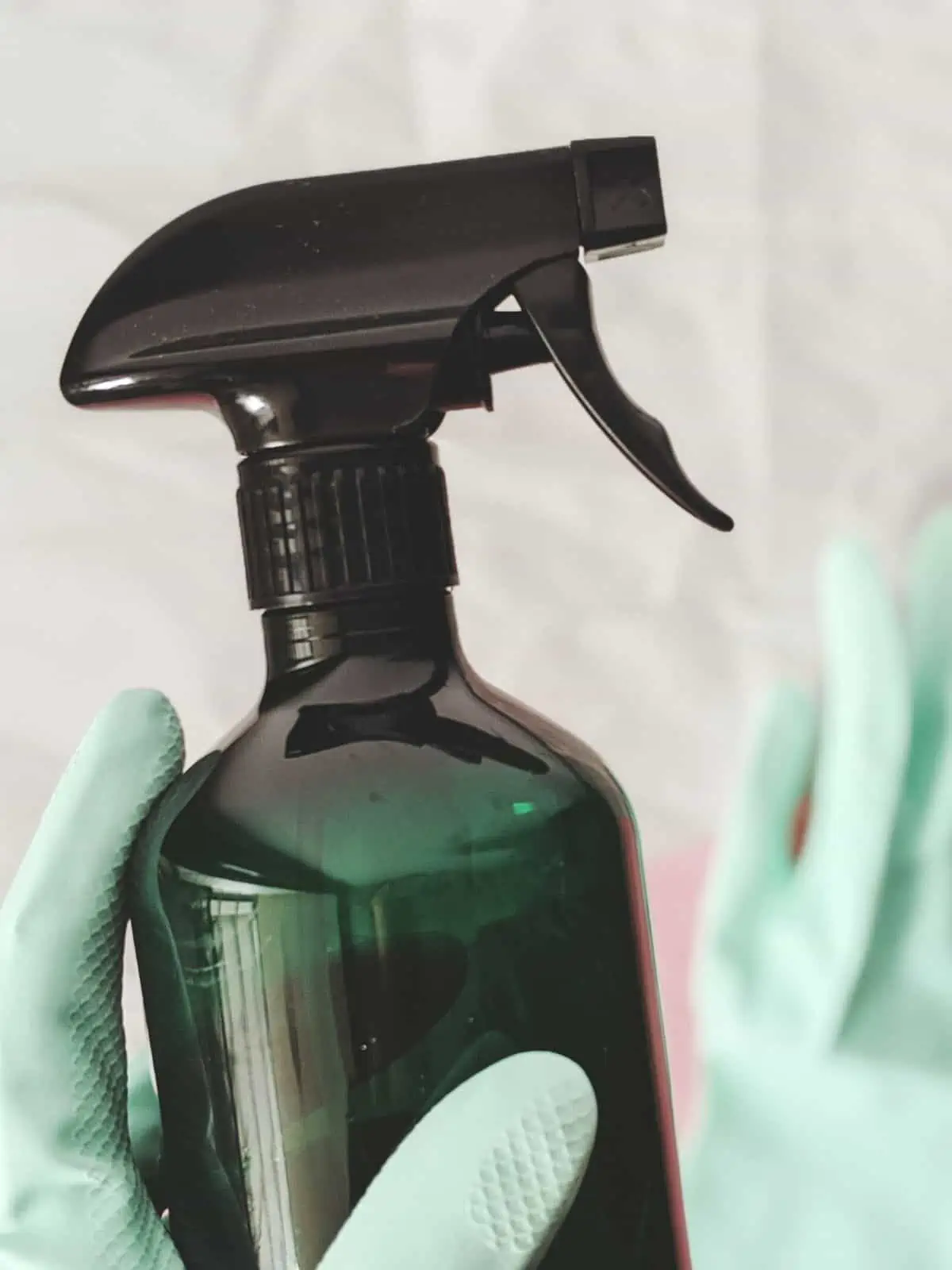
More Natural and Cruelty-Free Guides
As you run out of your usual cleaners this year, instead of restocking with conventional cleaners, try upgrading to more natural cruelty-free brands or swapping it out with homemade, vinegar-based cleaners! You’ll be surprised at how effectively they work and how much money you’ll save as well. Here are more guides to help you get started:
- This full Guide to Cruelty-Free and Vegan Cleaning Products makes it easy to know which brands are worth purchasing.
- Find out how to Avoid Animal Products in Your Home with this quick guide that includes easy cruelty-free alternatives!
- Update your skincare routine with the Best Cruelty-Free Skincare Brands & Tips
- If you’re not feeling quite brave enough to face the bathroom, check out our How Vegans Clean the Toilet guide for inspiration, as well as a chuckle.

Natural Disinfectant Spray {3 Ingredients}

Ingredients
- 1 cup white vinegar
- 2 cups water
- 10-20 drops essential oil, Lemon essential oil is an amazing cleaning agent!
Instructions
- Add the white vinegar, water, and essential oil to a spray bottle, shake it up, and it’s ready to use!
This homemade cleaning spray guide was written with support from Dr. Kasey Johnson.
Resources:
1. Environmental Working Group: Cleaning Supplies & Your Health
2. Environmental Protection Agency: Chemicals and Toxins


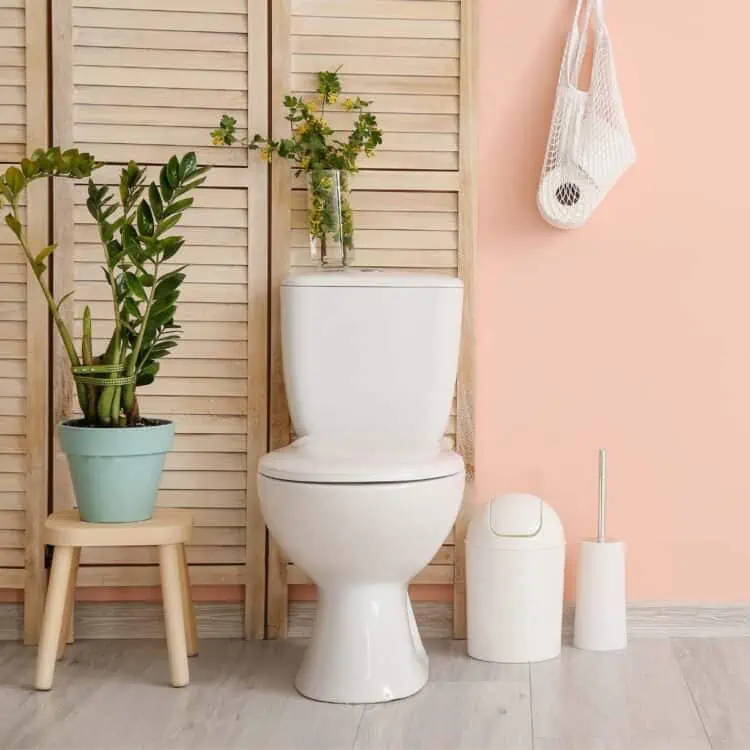
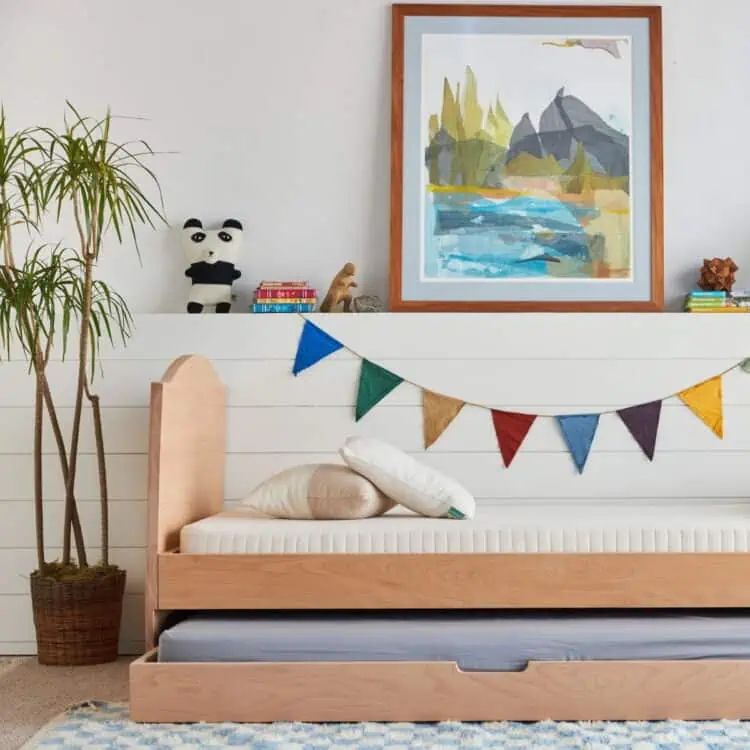
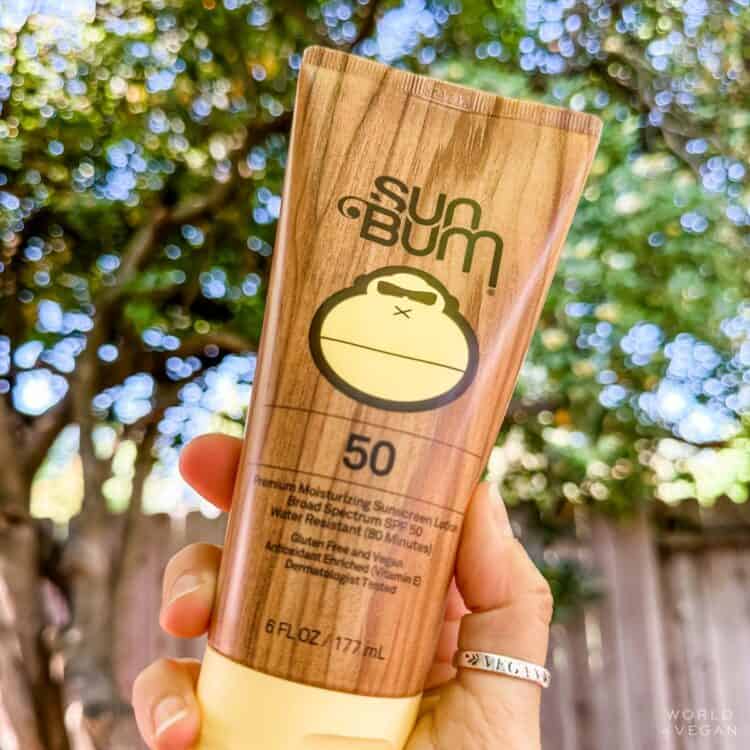
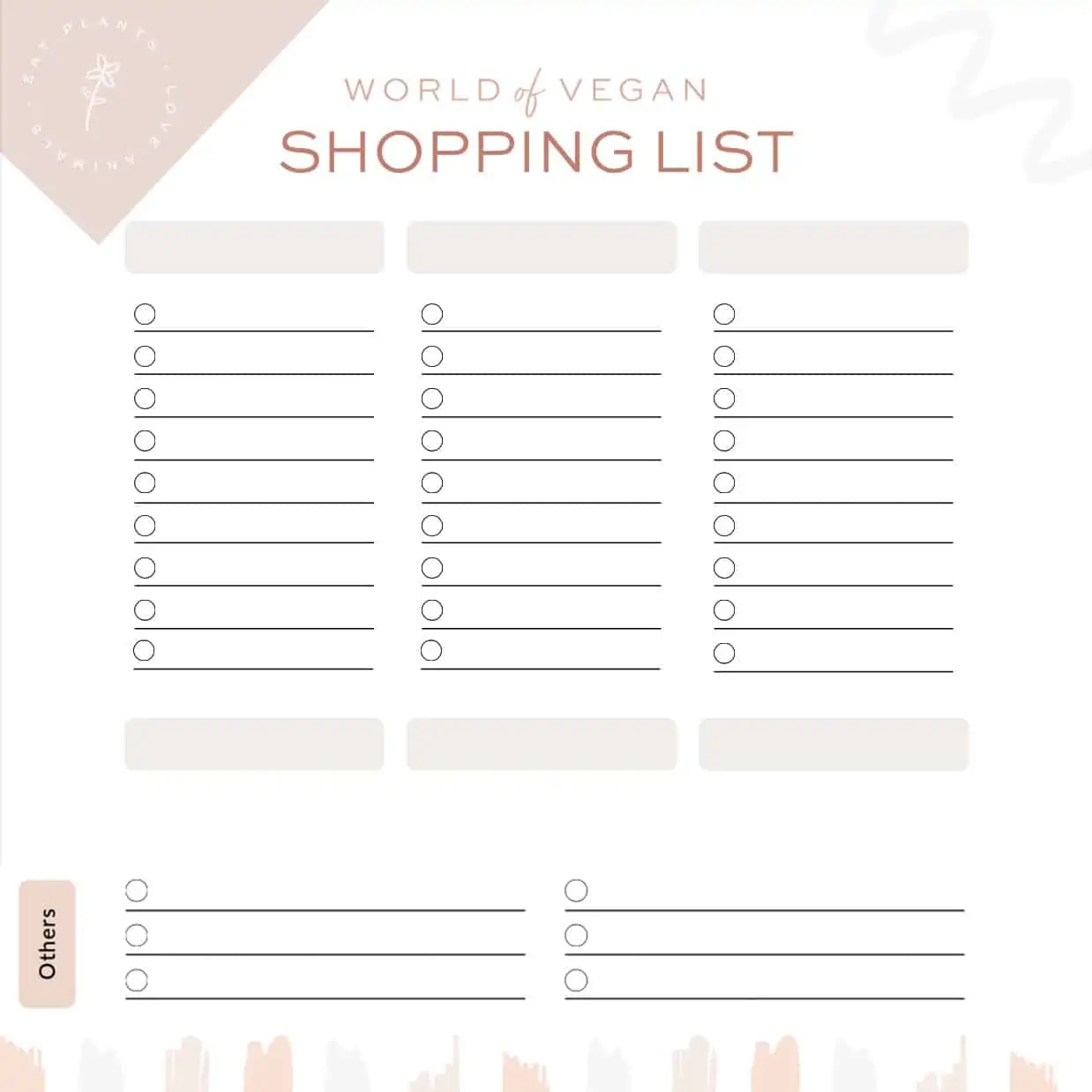
Leave a Comment